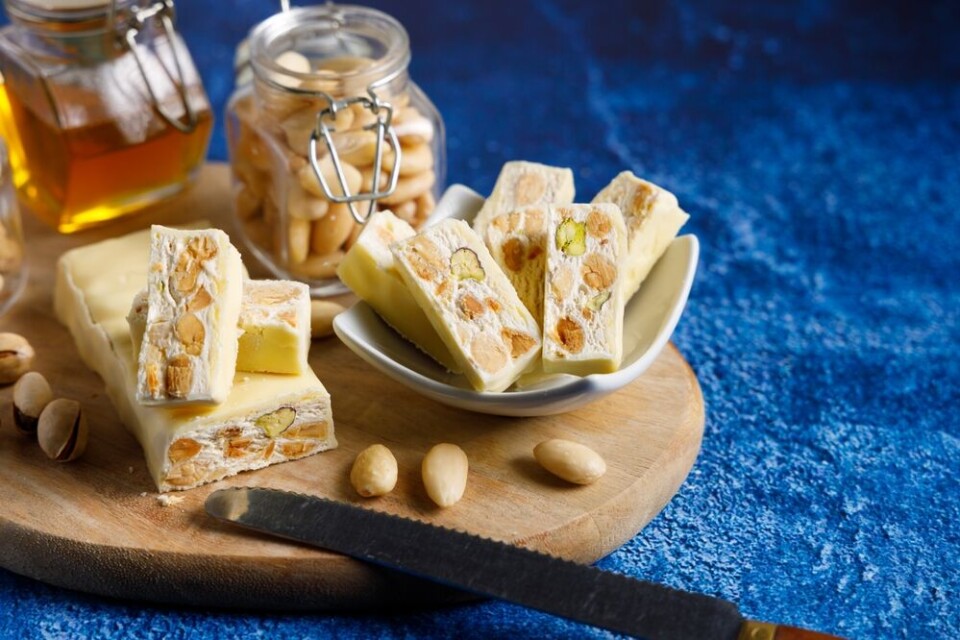-
French parliament to vote on law to offer €150 a month card for healthy food
The card would be intended to benefit consumers and farmers, and comes after successful trials of similar schemes in Bordeaux and Montpellier
-
Know your cheeses and their seasons: which to eat in France in February
Cow’s milk cheeses dominate as winter comes to an end
-
Films and series to watch in February to improve your French
Every month we outline good film and TV series to improve your language
Yes, some French people really do have 13 desserts for Christmas
The Provence tradition is heaven for those with a sweet tooth

For those who love sweet treats, one area of France has a Christmas tradition that is sure to get your mouth watering - les Treize desserts.
What are the Treize desserts?
Treize desserts are a tradition from the Provence region, which involves… serving 13 desserts at the Christmas table, typically on Christmas Eve.
The tradition has existed since the 17th Century, but no precise number was officially acknowledged until 1925 when a local newspaper mentioned ‘13 desserts’ specifically.
The number is believed to honour each of the 12 apostles and Jesus, during the Last Supper.
There are no specific 13 desserts, however, and local tradition even suggests there is actually a choice of 55 desserts. There are, however, mandatory ‘categories’, as described below.
Each person must have at least some of each of the 13 desserts in order to get good luck for the upcoming year.
Treize desserts are usually served with a fortified wine.
Which are the categories?
The first mandatory category is caramelised fruits. There must be four desserts of this type, and they are called the ‘four beggars’ in reference to four religious orders as follows:
Figs because their grey colour represents the Franciscans
Grapes for the Dominicans
Almonds for the Carmelites
Chestnuts or nuts for the Augustines
Some families now include other fruits too, such as grapes, melon, mandarin oranges, dates, pineapples, kiwis, or mangos.
The next mandatory desserts on the Christmas table are sweets, mainly two types of nougat.
The last mandatory feature is a pastry called pompe à l’huile, a sourdough-based sweet pastry, which should not be confused with other local desserts such as gibassié, which is drier, and fougasse, which is more of a savoury bread.
Pompe à l’huile is a dough made with flour, sugar, sourdough, eggs, and olive oil, which is cooked at 150 degrees for 10-15 minutes.
Other desserts can include calissons from Aix-en-Provence, a candied fruit diamond-shaped biscuit; dates stuffed with almond paste; biscotins, a type of rounded, almond biscuit; oreillettes, a variety of crispy, thin pastries; and papillotes, foil-wrapped Christmas chocolates.
























